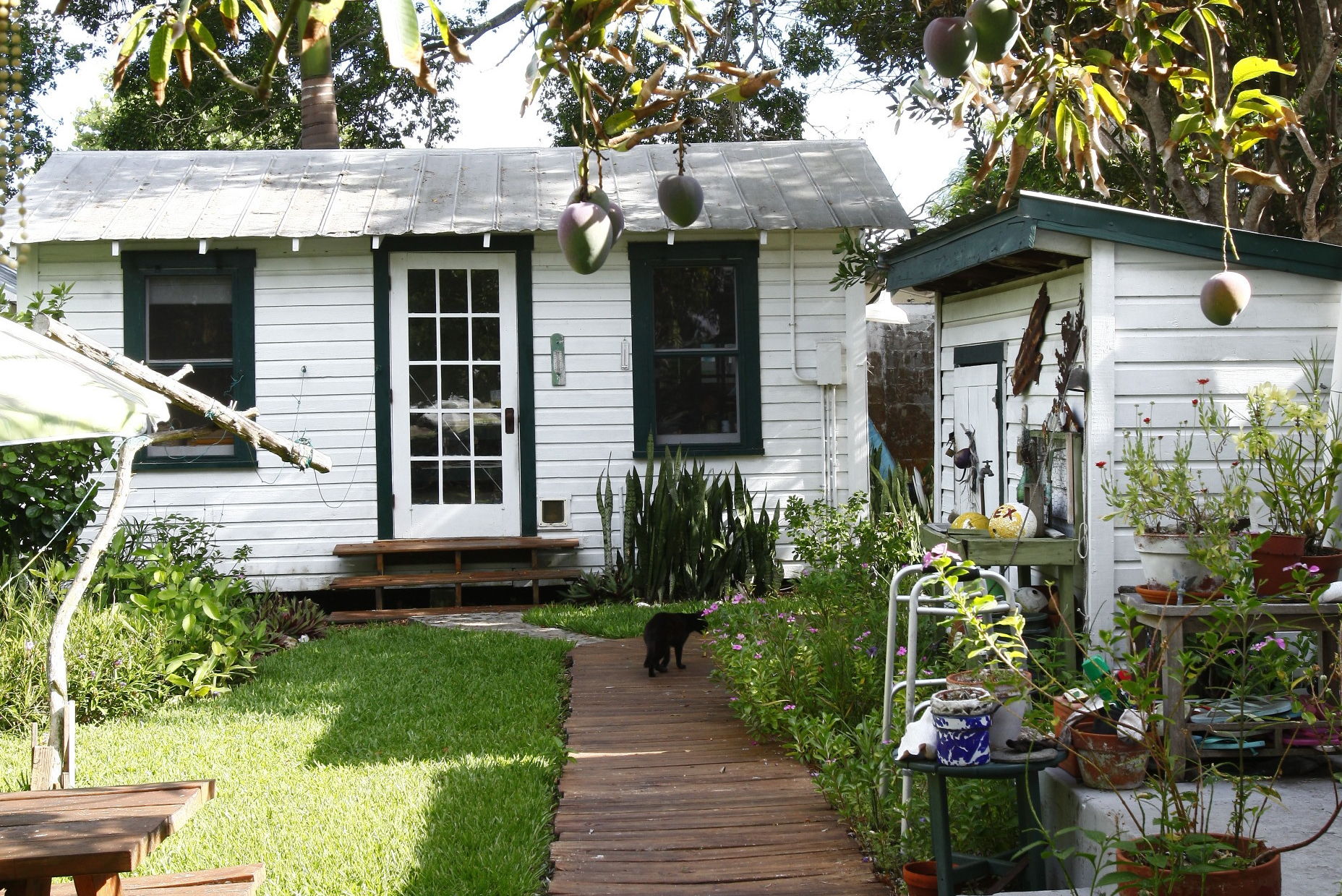
The Cottages of Cortez
Heading west on Bradenton’s Cortez Road, you pass a strip-mall version of modern-day Florida: fast-food restaurants, two Goodwills, a Golden Corral, a number of trailers. And then you arrive at the water—and the village of Cortez.
Turn south and drive a block or so, and you’re suddenly inside a slice of history. This is the heart of Cortez, perhaps the last remaining Old Florida fishing village. It’s still rough around the edges and a little dilapidated. Tall palm trees line the grid of streets. The past is as palpable as a ghost.
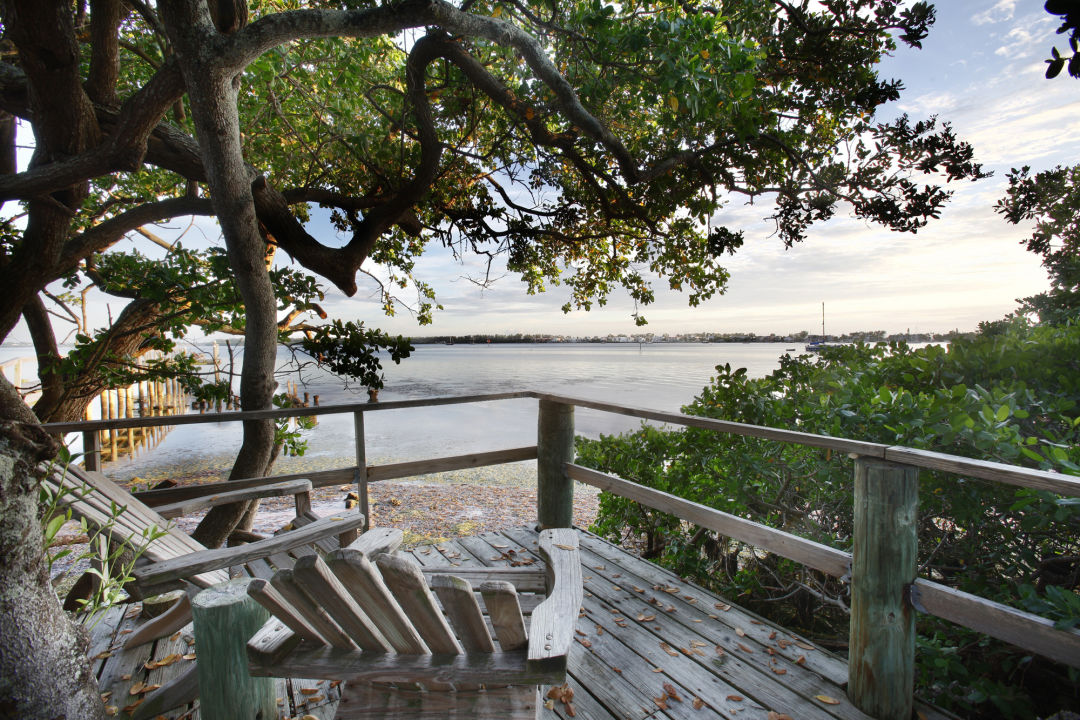
Image: Gene Pollux
Take a look at the homes you are driving past. At first glance they appear to be nondescript cottages of indeterminate age and with no particular architectural distinction. But look a little closer. The cottages of Cortez are like the bridges of Madison County. Each one tells a story. As one local historian puts it, “Here in Cortez, our houses appear to outlive people.”
Their simplicity has made them semi-famous. These are not the Sears Roebuck bungalows that usually define charming old neighborhoods. These are homemade. They have been added onto, even moved around. Some switched careers—garages became houses, a bowling alley was hauled a few blocks across the village and became a house. The add-ons and a certain disregard for scale and proportion have produced what may be the most atmospheric old Florida neighborhood still around.
Most of the homes were built by the founding families of Cortez. They came from the coast of North Carolina in the 1880s. Everywhere you see the same names: Guthrie, Fulford, Jones, plus some later arrivals, the Capos and the Moras. Many of their fourth-generation descendants are still here, making up the core of the town’s population.
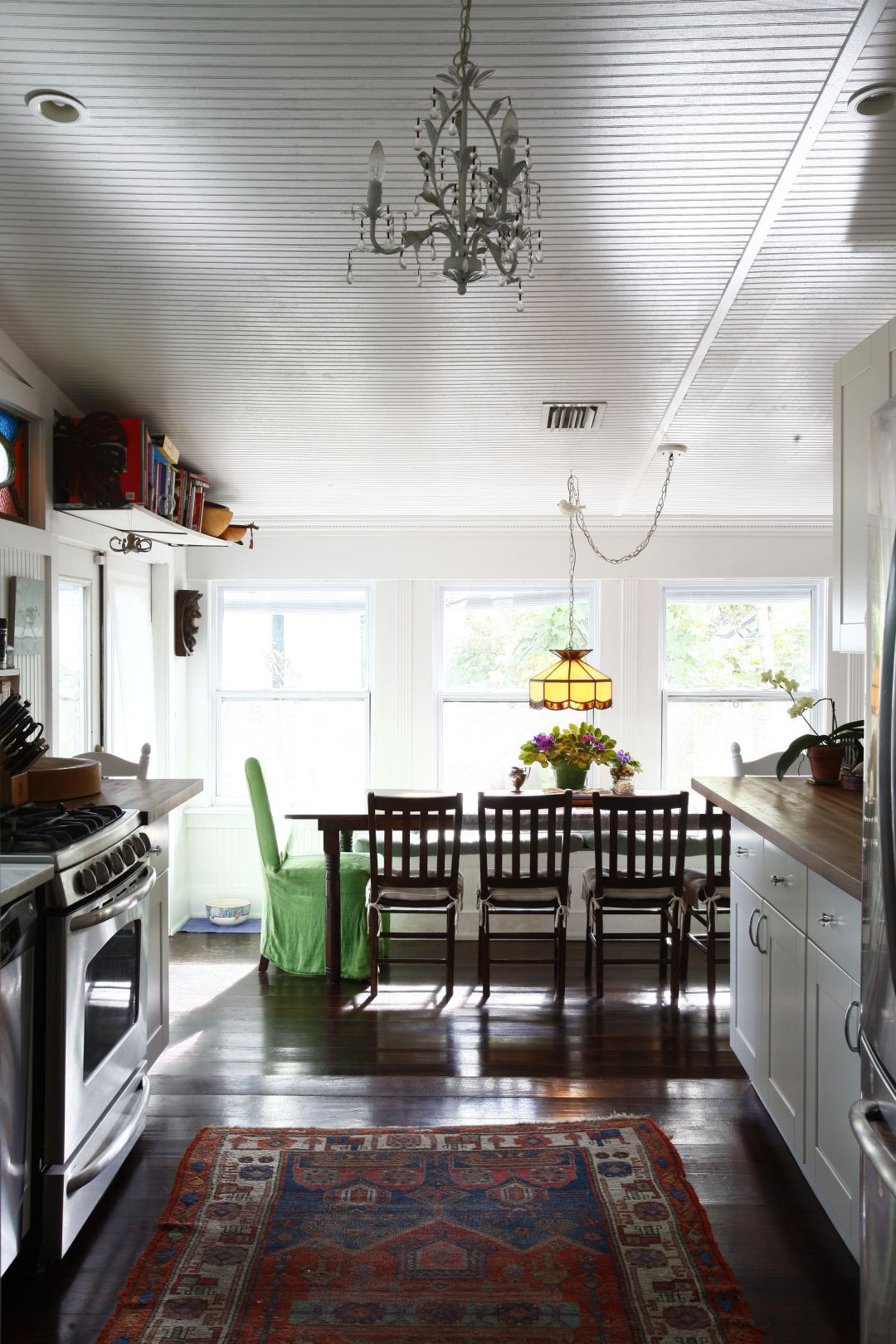
Image: Gene Pollux
The original fishing village—what is known as the Cortez Historical District—includes approximately 130 structures in a 25-acre area. Many have passed the 100-year mark. This is vernacular architecture: simple structures built by laymen, using materials readily available, with economy and practicality as the driving concerns. The houses tend to have gabled roofs and porches both front and back. The front porch—nowadays often enclosed to provide more living space—was for relaxing and socializing. The back porch was strictly business. Here the laundry was done, along with the messier kitchen tasks.
Practically all the houses are set on piers to position them above the flooding that sometimes washes through the streets during storms. Ornamentation is practically nonexistent, although wooden sun screens, often with a scalloped edge, can be seen on a number of the homes. The yards are working yards. Boats and nets and crab traps are set here and there, along with the net sheds where the carefully tended fishing nets are stored when not in use.
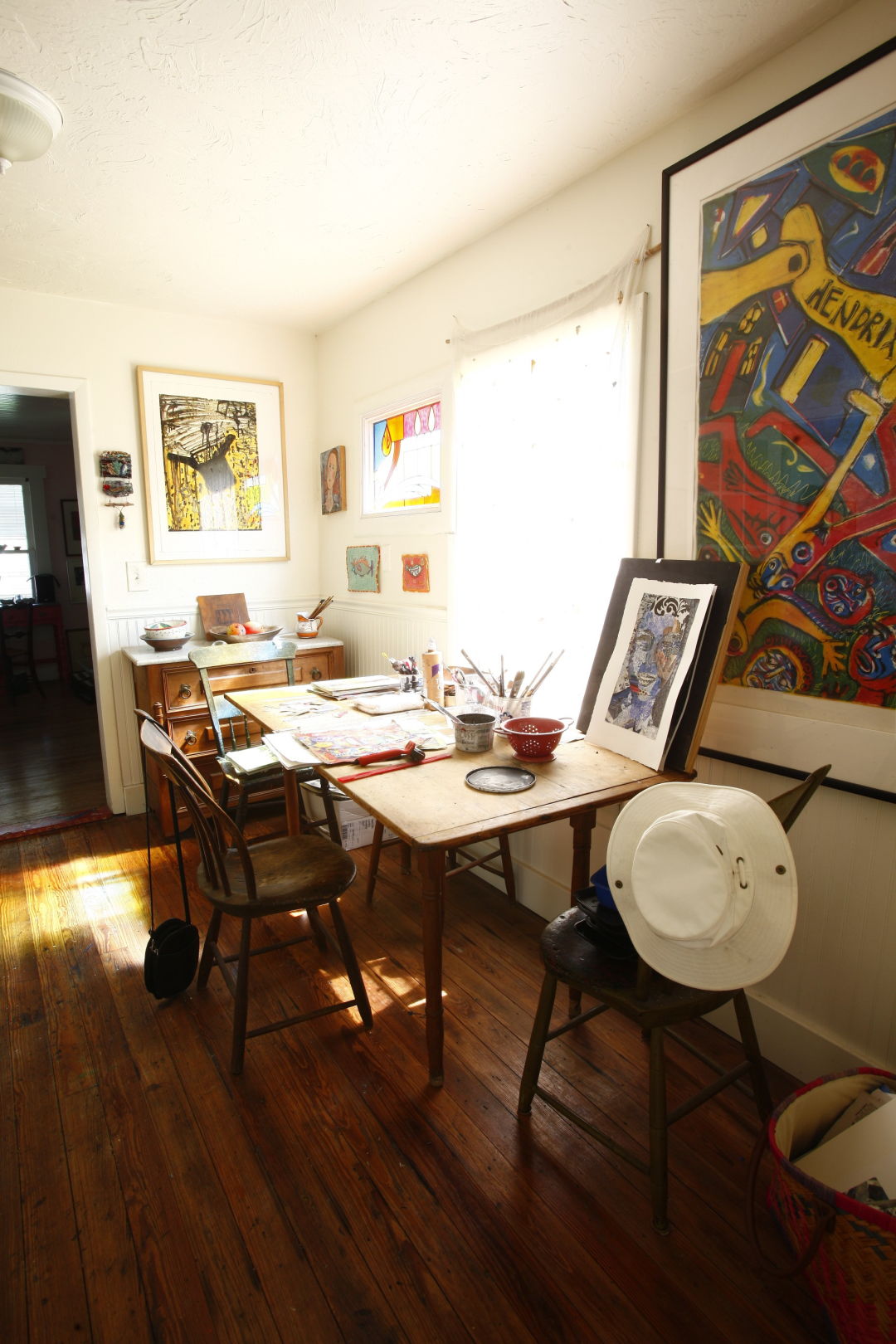
Image: Gene Pollux
But these days the residents of Cortez are not only fishermen. All sorts of people end up here, usually by serendipity. Linda Molto, a visual artist who’s become a Cortez historian and preservationist, remembers driving across the bridge from the beach 32 years ago: “I noticed some pretty little houses and I thought, what’s down there? It was absolutely beautiful. A real village. Kids were selling mangoes for 3 cents each.”
Molto has been in Cortez ever since and is co-author (along with Mary Fulford Green) of Cortez Then and Now, one of several local histories about the town. After she decided to move here, she had trouble finding a house—they don’t come on the market that often—but when she walked into a home known as the Pringle house, she says, “I knew this was it.”
It’s one of the oldest houses in the village. Originally a shop and then a post office, it was purchased by Lemuel and Bessie Pringle after the 1921 hurricane. He was a fisherman and she took in laundry. They raised their seven children here.
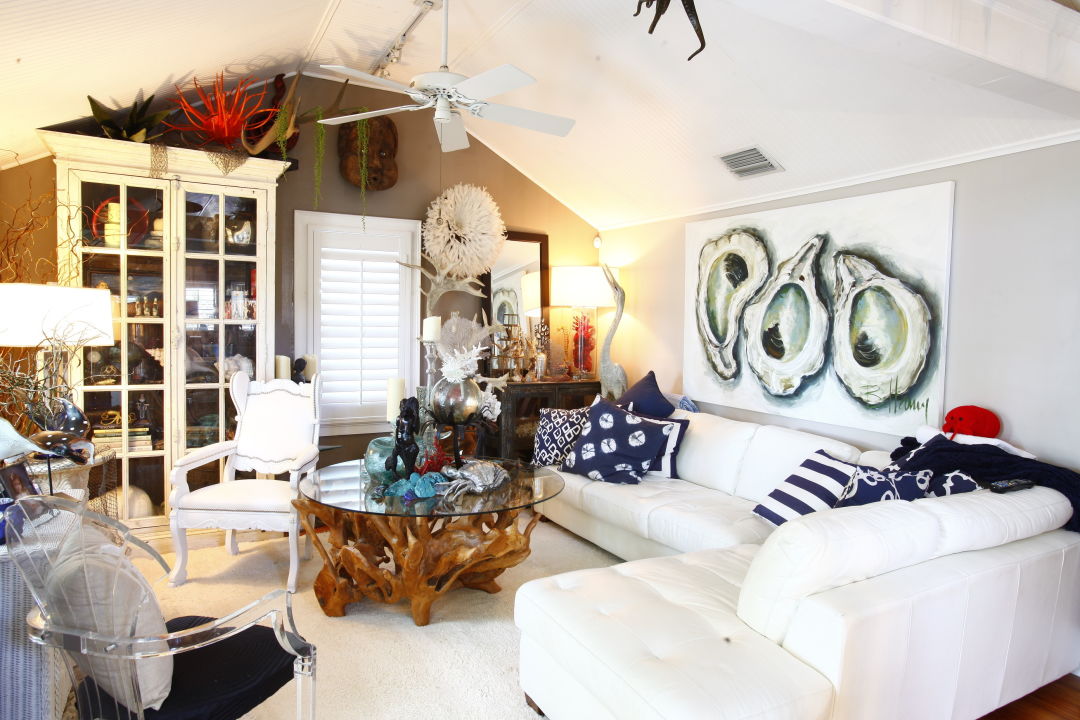
Image: Gene Pollux
The house has many of its original features. The beautiful wood floors remain, and the rooms flow from one to another in a casual, not always logical way. There is no air-conditioning, and that’s the way Molto likes it. She had wooden shutters built to help keep out the midday heat. The kitchen still has a pink stove from the 1950s, powered by propane.
Like most Cortez homes, Molto’s has several outbuildings. There’s a shed and a cottage. This was originally Bessie Pringle’s laundry. Molto uses it as a studio.
One of everybody’s favorite spots in Cortez is Fewville, named after the Few family who still owns it. It’s like a tiny village within the village, with a grass driveway that’s lined with royal palms. It’s so simple and pure it looks like a child’s drawing. There are six little homes, all rentals and all coveted. This is where Joe Kane lives.
Kane was publisher of a local newspaper on Anna Maria but moved to Cortez 20 years ago. But he admits he’s still considered a newcomer. Half curmudgeon, half visionary, Kane is heavily involved in local politics, which can be intense and divisive. “Cortez appeals to my sense of anarchy,” he says. His home is tiny—a sleeping porch that’s used as a bedroom, a large-ish all-purpose room with a big desk, and a kitchen and bath. The cottage is full of books and comfortable old furniture and looks like the lair of a professor who has retired to the tropics.
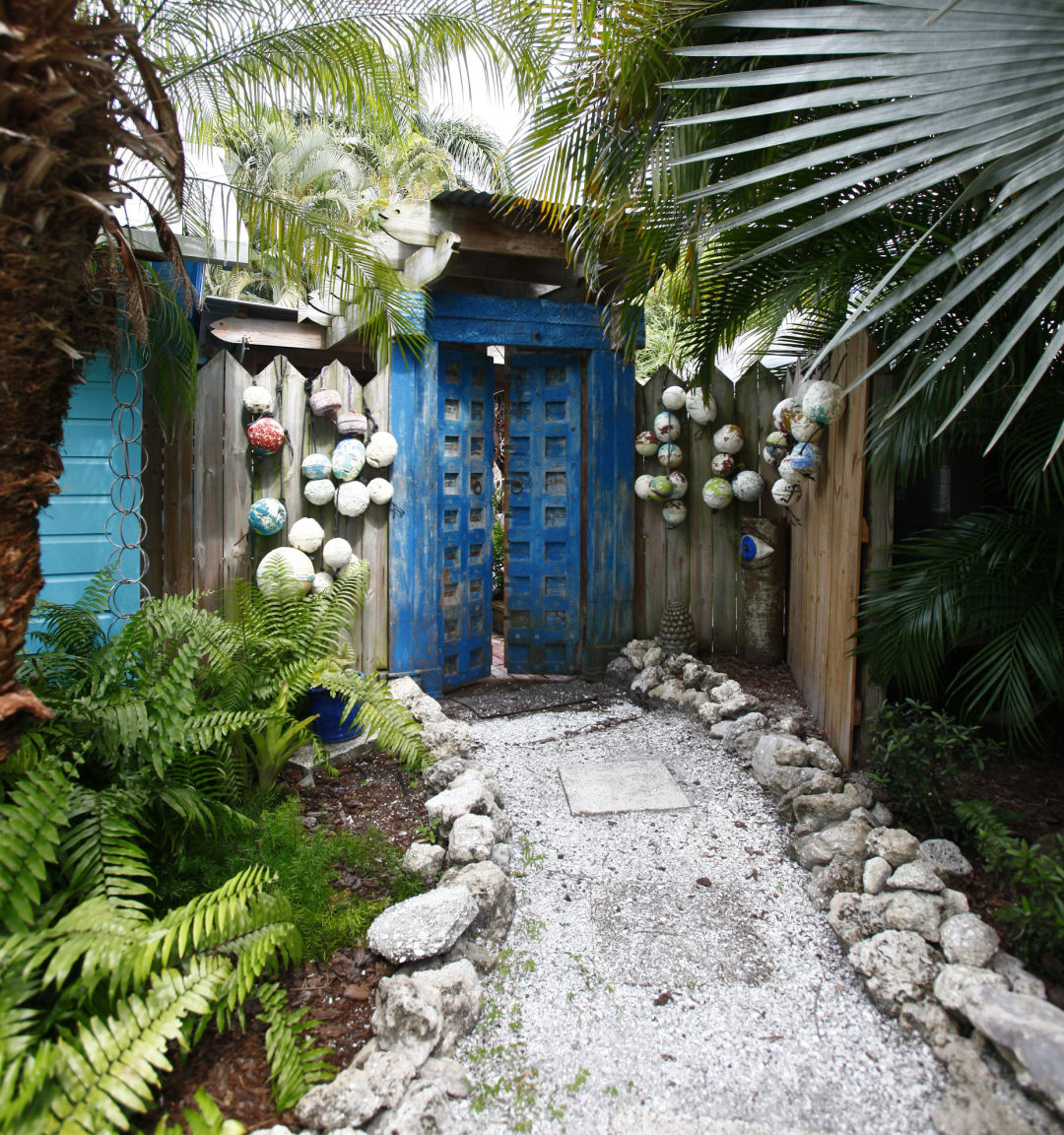
Image: Gene Pollux
While Fewville comes across as folk art architecture, some Cortez homes are more conventionally charming, even chic. Several blocks away from Fewville is the home of Marianne and Adam Ellis. Both grew up in the area—Adam Ellis owns Blue Marlin seafood restaurant on Anna Maria Island—and their home has a modern, coastal-style feel. It was originally a sundries shop selling everything from ice cream to cigars. Over the years it’s been moved several times; and it now sports several unusual touches, most notably a banana-leaf green fence and two handcrafted steel gates, constructed by Ellis himself.
At 1,600 square feet, it’s a bit larger than many Cortez homes, with a modern kitchen that adjoins a spacious dining area. Many of the walls and ceilings are covered with beadboard paneling, a hallmark of the old-fashioned cottage look. There’s an outdoor living area to one side of the home, complete with outdoor shower and an old net shed, now used to house Ellis’ 10 surfboards.

Image: Gene Pollux
Seen from the outside, artist Susan Curry’s home is unremarkable. Like most of its neighbors, it’s more than 100 years old, and the façade is plain and unadorned, with aluminum umbrella windows from a 1960s remodel. But open the door and you’ll find a cabin-in-the woods mélange of art and exuberance.
“I use my whole house as a studio,” Curry says; and indeed, it seems that every room, every cubby hole is crammed with paint brushes, pencils, and other tools of her trade. The living room is a bit more formal, with an oriental rug and two walls of bookshelves. There’s a charming touch in the back yard: a detached shed that Curry rescued from near collapse and transformed into a quaint guest room.
The most flamboyant of Cortez’s cottages is the home of Jan Holman, owner of the town’s Sea Hagg shop. Holman has collected an inventory that draws shoppers from all around the state. Poke around and you’ll find shells, art work, antiques, fishing nets—even a talking tree that was featured in the Disney movie, Pocahontas.
Prize acquisitions often find their way into her nearby home. Rare coral mixes with modern art, rattan furniture and weathered wood to create an over-the-top atmosphere. Even the outdoor areas reflect her curated approach, a sophisticated take on the more primitive, folk-art look of the village.
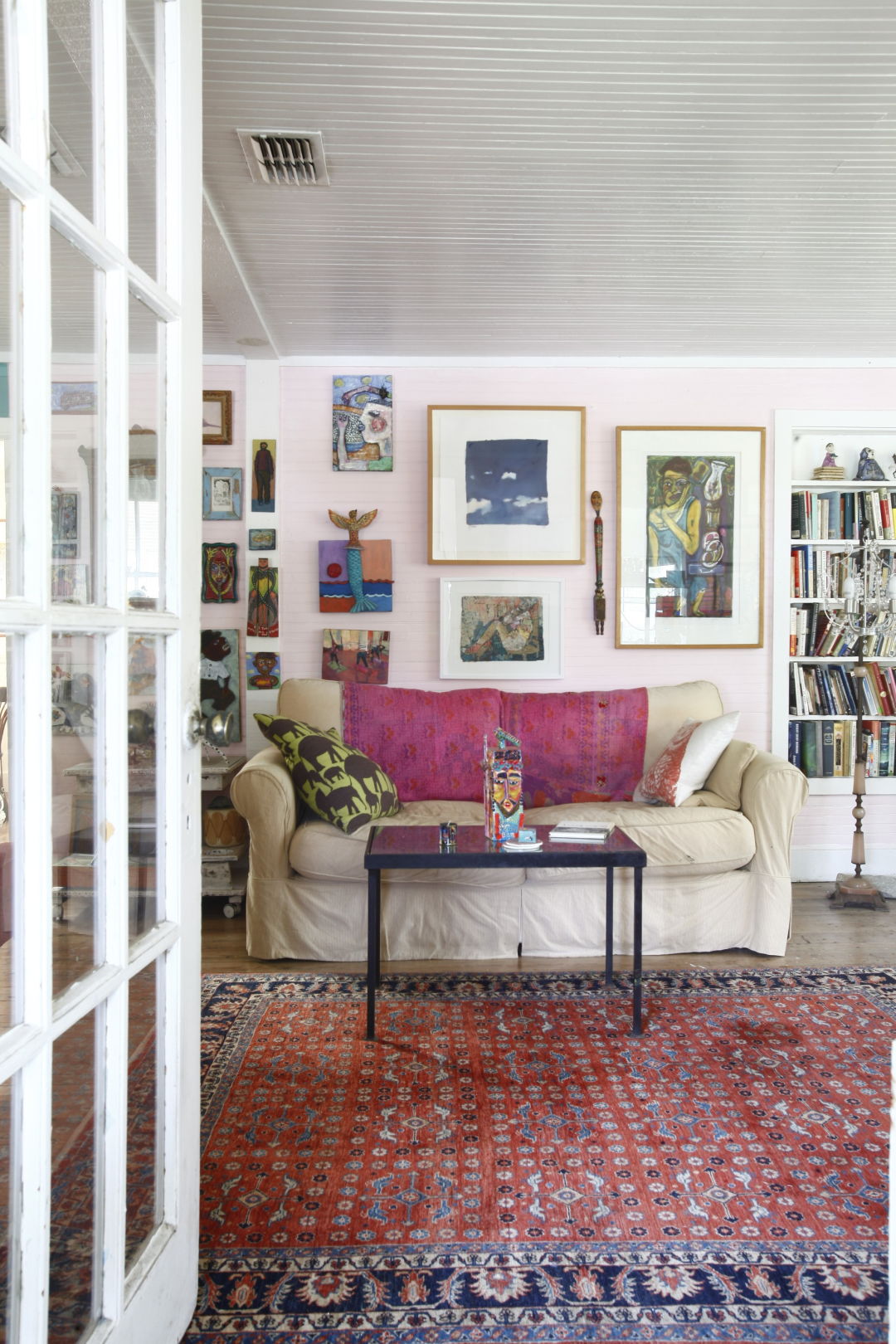
Image: Gene Pollux
If Cortez is starting to sound like a slice of Norman Rockwell’s America, think again. Some events in its past are right out of a novel by Florida mystery authors John D. MacDonald or Carl Hiaasen. Back in the 1970s, some local fishermen got involved in drug smuggling. There were gun fights and murders—including the famous “sinkhole murders” in 1977 when two Cortez fishermen shot some people who had come upon them unloading a fishing boat full of marijuana. To this day it’s not a good idea to probe too deeply into what happened during that period, or to ask who went to prison and who didn’t.
But the drug runners did provide Cortez with a powerful urban legend. The smugglers were making massive amounts of cash, and brand-new trucks and other toys were appearing all over town. Banks were impractical under the circumstances. Now, almost half a century later, says Curry, “people still dig in their back yards looking for buried money.”
After its adventurous past, Cortez is facing an uncertain future. Today the economy depends less on fishing than on the tourists who flock to the seafood restaurants that dot the waterfront. The town is well known among those seeking a week or so in an unspoiled Old Florida setting, and some of the cottages have been turned into vacation rentals. And some big new homes have risen in the village in recent years.
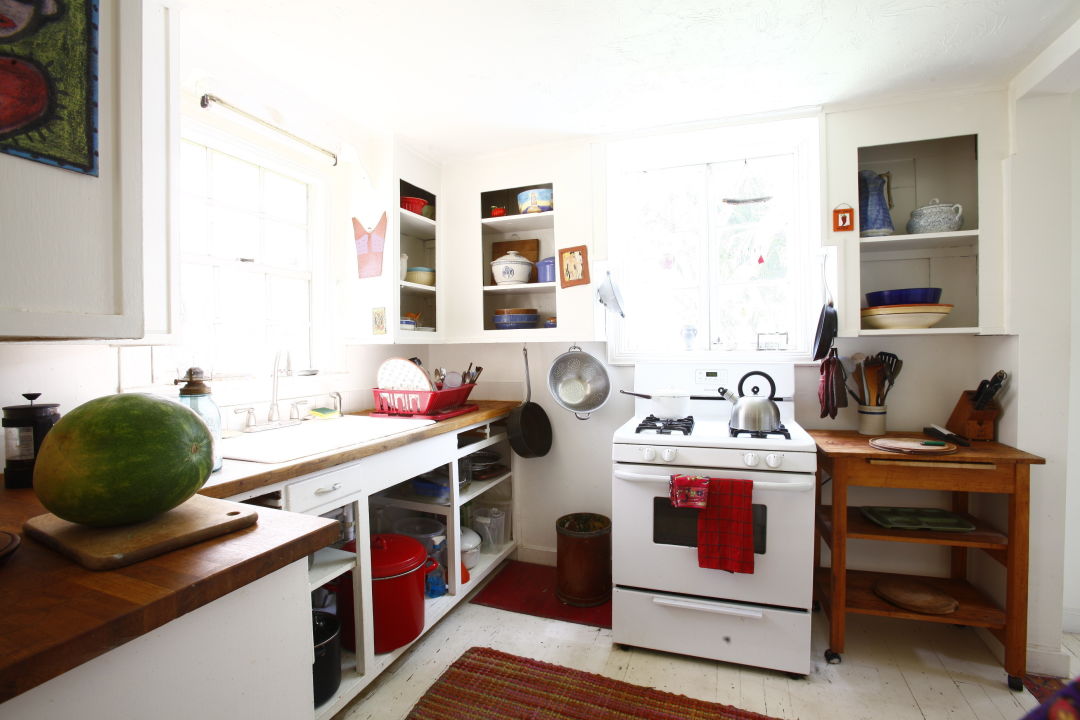
Image: Gene Pollux
Threats of further development worry Cortezians. They fought off the sale of the picturesque trailer park that faces the bay, but a new community of up to 1,950 homes has been approved on the north side of town, and another development, nearby Long Bar Pointe, may win approval. With almost 3,500 homes, a hotel, a conference center and 120,000 square feet of retail space, it will have an enormous impact on the area. Some residents have been fighting it. Others, distrustful of planning and any sort of government involvement, are sitting it out.
The cottages are still here, though, and they are becoming prized as unique places to live. In a land where everything seems new, themed, planned, prettified and all too often soulless, they offer the most elusive quality of all—authenticity. They’ve been there for more than 100 years. With any luck, these scrappy, well-loved homes will last a hundred more.